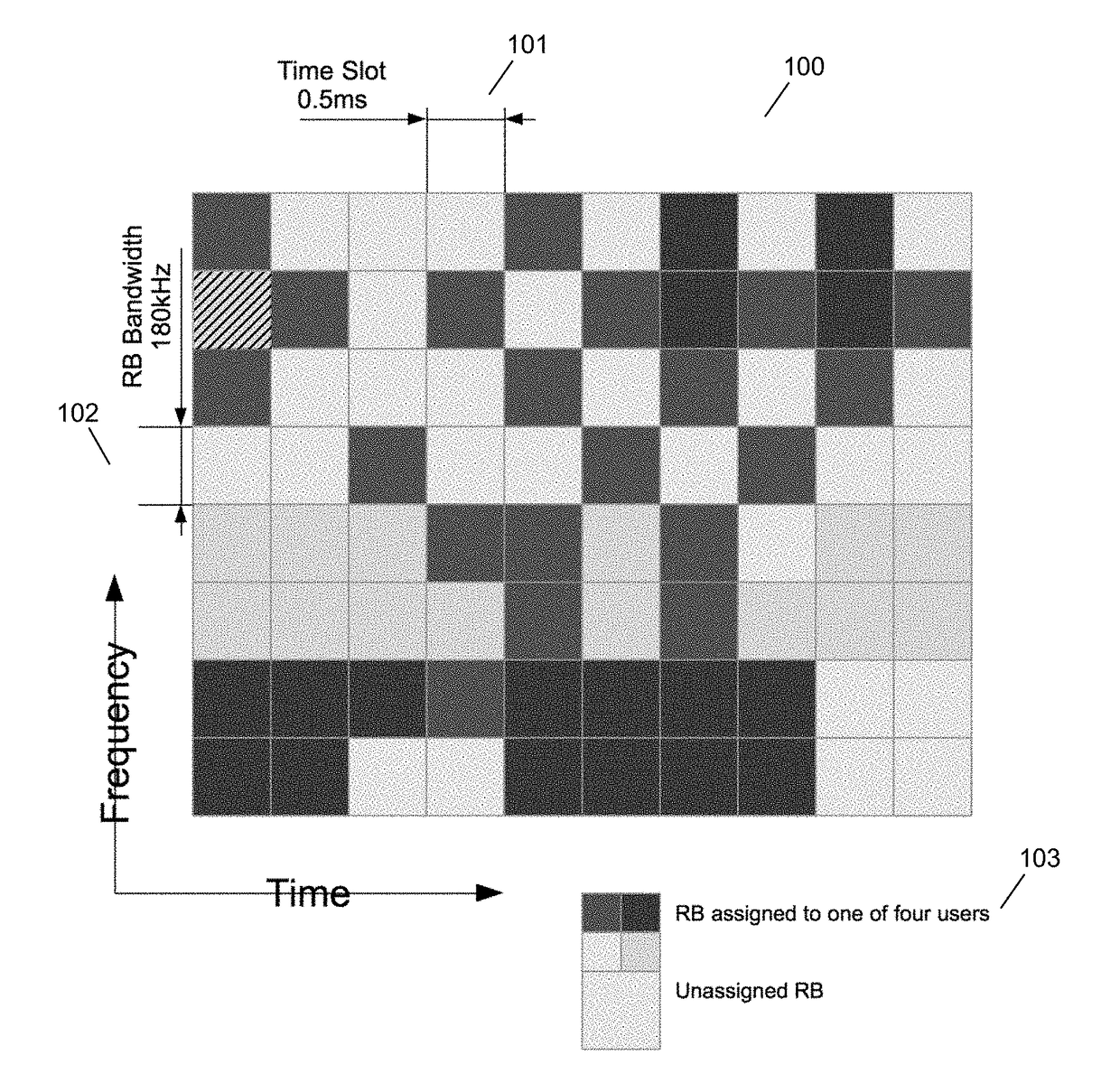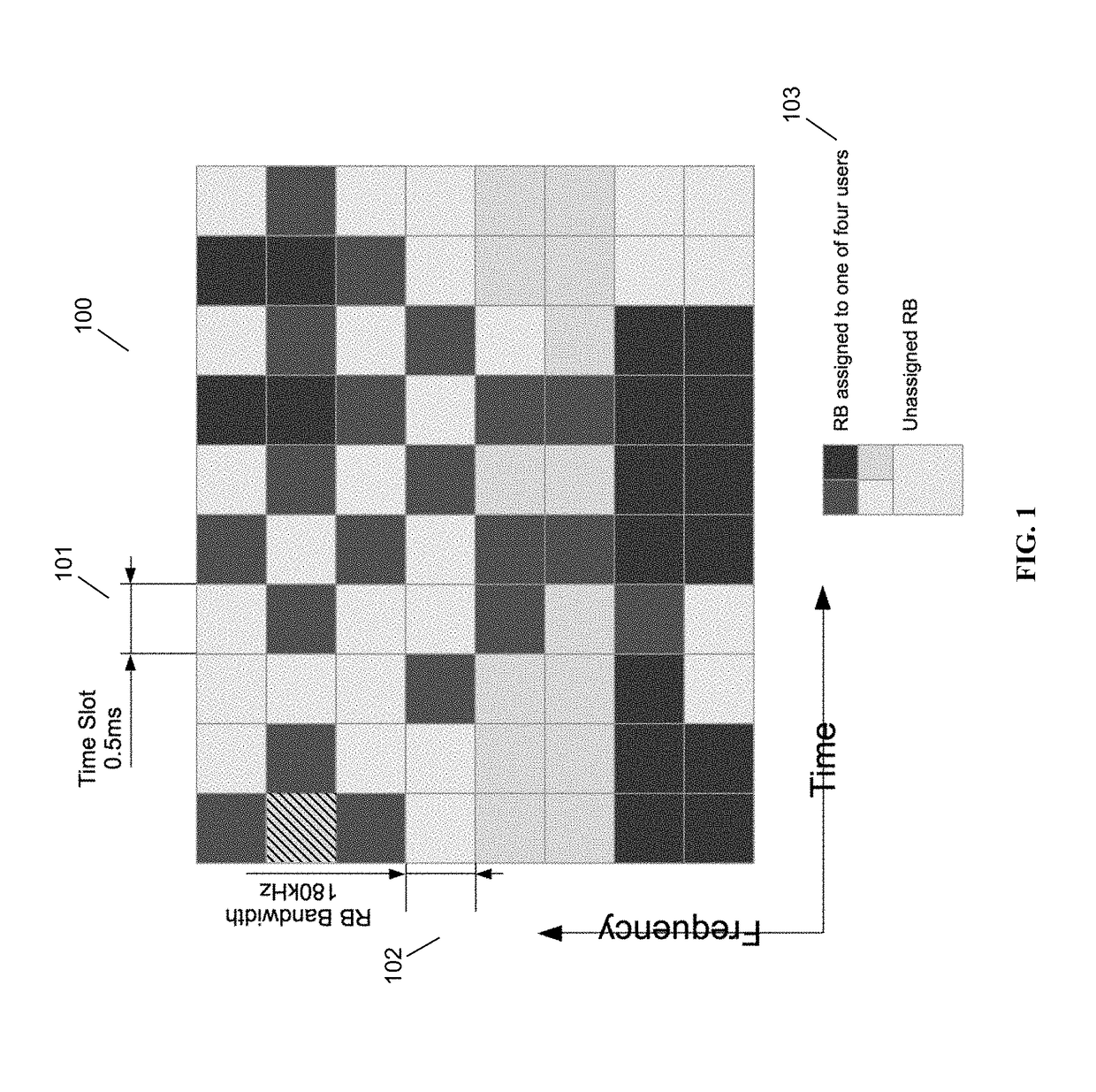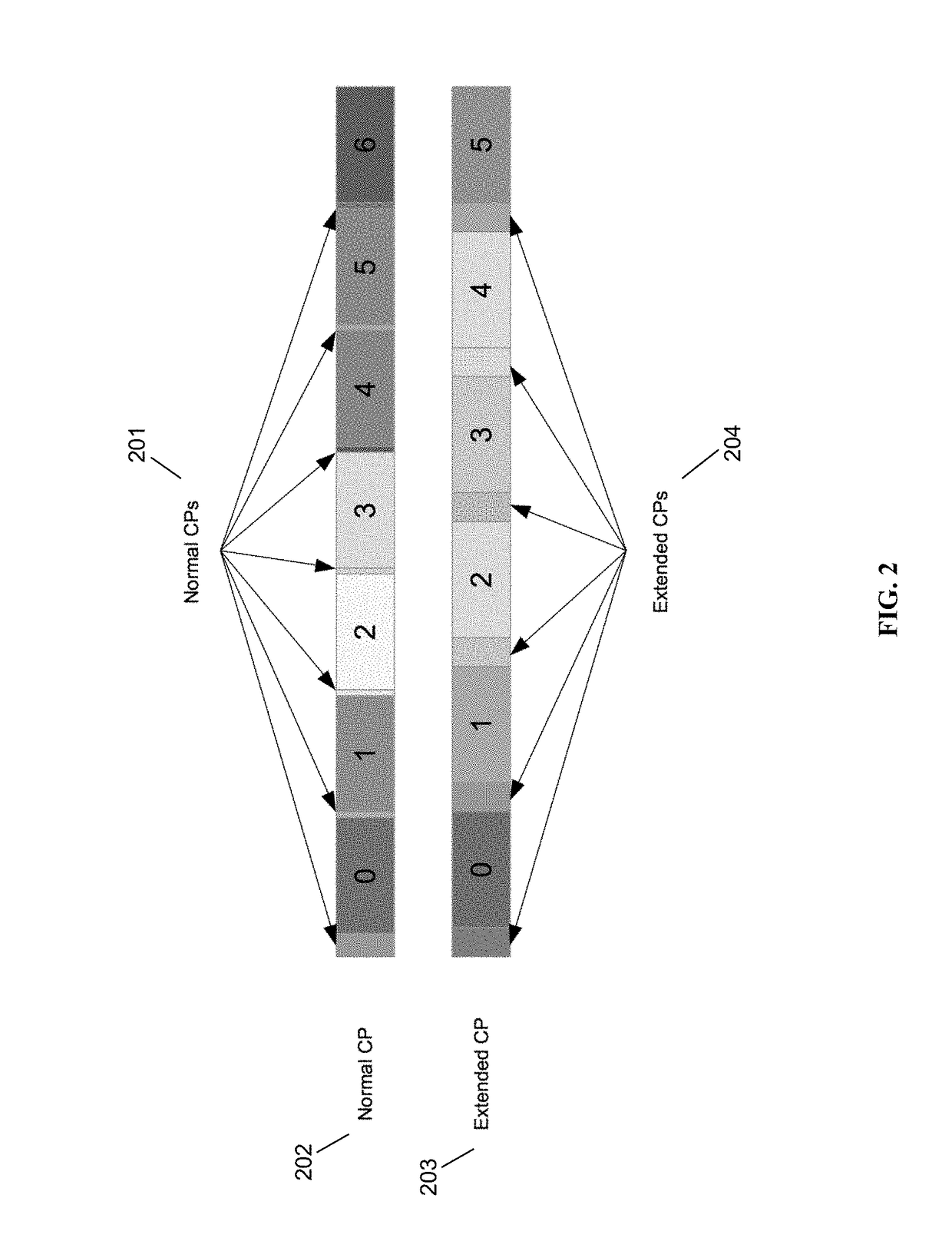Time-Domain and Frequency-Domain Approach to Frequency Offset Correction Method for LTE SC-FDMA Uplink
a frequency offset correction and time domain technology, applied in multiplex communication, orthogonal multiplex, baseband system details, etc., can solve the problem of ici, the rotation of constellation points, and the orthogonality of subcarriers in the ofdm system, so as to improve system throughput or system coverage, improve the effect of system performance and significant snr gain
- Summary
- Abstract
- Description
- Claims
- Application Information
AI Technical Summary
Benefits of technology
Problems solved by technology
Method used
Image
Examples
Embodiment Construction
[0027]Frequency-Domain OFDM HPCST
[0028]PhasorLab's patented orthogonal frequency division multiplexing (OFDM) carrier synchronization technology is well suited for the LTE downlink, as described in U.S. Pat. No. 9,538,537, hereby incorporated by reference herein in its entirety. Here the correlation between the in-phase and quadrature components of the frequency domain representation of a signal is used to identify the frequency and phase offset between the transmitter and receiver systems. Identifying these offsets to a high level of precision opens up the possibility to transmit higher order modulations in a given channel than would otherwise be possible. Refer to Appendix B of U.S. Pat. No. 9,538,537 for the theoretical background of the disclosed Blind Carrier Synchronization Method for OFDM Wireless Communication Systems.
[0029]SC-FDMA in LTE Uplink
[0030]The 3GPP LTE wireless standard uses single-carrier frequency division multiple access (SC-FDMA) modulation in an uplink (UL) c...
PUM
 Login to View More
Login to View More Abstract
Description
Claims
Application Information
 Login to View More
Login to View More - R&D
- Intellectual Property
- Life Sciences
- Materials
- Tech Scout
- Unparalleled Data Quality
- Higher Quality Content
- 60% Fewer Hallucinations
Browse by: Latest US Patents, China's latest patents, Technical Efficacy Thesaurus, Application Domain, Technology Topic, Popular Technical Reports.
© 2025 PatSnap. All rights reserved.Legal|Privacy policy|Modern Slavery Act Transparency Statement|Sitemap|About US| Contact US: help@patsnap.com



